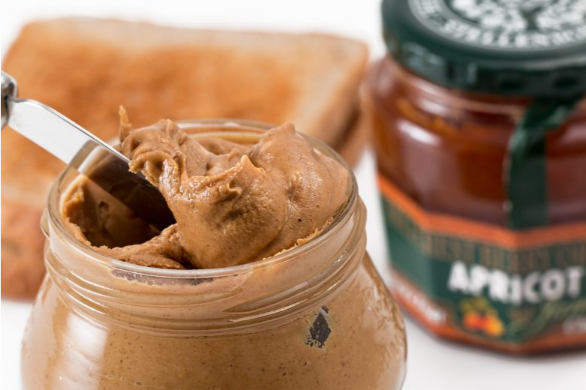How Long Does Xylitol Poisoning Take in Dogs?
The effects of xylitol poisoning can occur very quickly. The rapid drop in blood sugar can happen within 10 to 60 minutes of your dog eating the product. However, in some cases, symptoms may not appear for up to 12 or even 24 hours. Due to this rapid onset, it is critical to seek veterinary care immediately, even if your dog is not yet showing symptoms.
What Are the Signs and Symptoms of Xylitol Poisoning in Dogs?
The initial signs of xylitol poisoning are often related to the sudden drop in blood sugar. Symptoms of Xylitol consumption may include:
- Weakness or inability to stand/walk
- Vomiting or diarrhoea
- Lethargy
- Racing heart
- Tremors or seizures
- Unconsciousness/collapse
There is a risk that a dog ingesting Xylitol can go into liver failure, no matter the dosage size. Therefore, if you suspect your dog has eaten Xylitol you should see a vet urgently.
How Do You Treat Xylitol Poisoning in Dogs?
If your dog isn’t showing signs of poisoning, your vet will likely induce vomiting (if appropriate) to try and minimize the effects. Key treatments include:
- Fluid therapy and activated charcoal can be used to reduce the impact of Xylitol.
- Some dogs may also require liver support medication.
- Your dog’s blood glucose will be monitored until your vet is happy that it is within normal range for 24 hours.
Can Dogs Survive Xylitol Poisoning?
The prognosis for recovery is good for dogs that are treated quickly, before clinical signs develop, or for dogs that have uncomplicated hypoglycemia that is rapidly reversed with treatment. If liver failure develops, dogs can still recover with intensive and appropriate veterinary care. Early and aggressive treatment is the key to survival.
Is Xylitol Toxic to Cats?
Xylitol does not appear to be as dangerous for cats. Cats seem to be spared, partly because they often show a disdain for sweets. However, it is always safest to keep all products containing xylitol away from any pets in the home.
.png)










